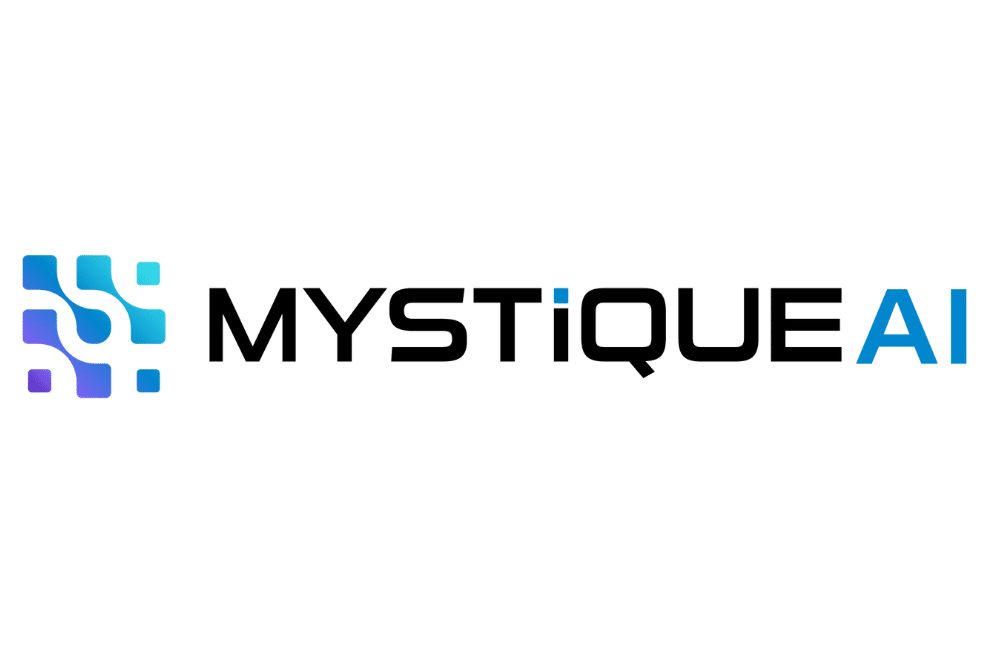Disability Insurance for Veterinarians: What Makes Them Different
James Crook

Some 90 million U.S. families own a pet or care for a farm animal, but those animals are cared for by just slightly more than 121,000 veterinarians nationwide. These dedicated caregivers endure long hours and compassion fatigue while often facing higher rates of injury and burnout.
Pet ownership has been driving growth in the veterinarian profession. Global economic estimates value the worldwide pet insurance market at $8.3 billion. One result is increased demand for veterinarian services, driving salary increases for veterinarians. As incomes grow, so does the need for disability insurance designed specifically for veterinarians.
Statistics show that 93% of U.S. veterinarians see the need for disability coverage, but only 40% carry their own individual disability policy. Why?
As with other doctors, veterinarians often do not know where to purchase the right type of disability insurance. Offering group long-term disability (LTD) policies can fill the gap left by individual policies, but traditional policies may not protect veterinarians the way they expect. Here are 3 reasons why vets need veterinarian-specific group LTD policies.
Veterinarians are more likely to be injured on the job than first responders.
According to data from the Department of Labor, veterinary professionals reported the second-highest incidence of work-related injuries and illnesses–behind nurses and residential care facility employees but ahead of police officers and firefighters.
The potential for DVMs and other veterinary professionals (which includes technicians, assistants, and even employees in nonclinical roles) to experience disabling events is vast and varied.
While such events may be considered “all in a day’s work” for most professionals in the veterinary medicine field, they are well beyond the scope of the risks one might consider for the average medical worker and may increase the likelihood of disability beyond the 1 in 4 chance the average working American faces.
Animal-Inflicted Injuries
Since veterinarians cannot speak to their patients, fear-, stress-, or pain-triggered bites, scratches, and even kicks from animals are common risks for these employees. Small animal scratches and bites can cause infections. Larger animals like horses deliver kicks powerful enough to cause severe harm and injury.
Musculoskeletal Injuries
Veterinarians commonly develop work-related musculoskeletal disorders according to a study conducted in Washington state.
Veterinarians can develop musculoskeletal disorders while performing the more cumbersome duties of their jobs. For example, when restraining a larger animal using an anesthetic, the veterinarian may be forced to bend over, lift, or stand for extended periods while attempting to treat the animal.
Other Hazards
Veterinarians risk exposure to harmful chemicals, radiation, and disease. Vets work with a host of dangerous drugs and anesthetic gases. Accidental exposure to X-rays can cause burns to the skin and an increased risk of cancer. Exposure to zoonotic diseases is another unique risk veterinarians take on when treating animals.
DVMs are most likely to be the primary breadwinners for their households.
86% of board-certified vets and 69% of general practice vets are their household breadwinners–often commanding six-figure salaries. In addition to being the primary breadwinner, veterinarians often carry large amounts of student loan debt averaging $143,757.82.
The starting salary for DVMs and veterinary service professionals has been rising yearly since 2014. Because of rising income, large disability coverage gaps emerge, leaving DVMs and their families more vulnerable if disability occurs.
Veterinary service professionals experience more frequent and more acute disabilities related to mental health.
1 in 6 veterinarians have considered suicide, according to the Centers for Disease Control and Prevention. Additionally, veterinarians are more likely to take their own lives than the general population; male veterinarians are 1.6 times more likely to die by suicide and women 2.4 times. These tragic numbers may be influenced by:
Avoidable Euthanizations
Although the pet insurance industry is growing, many pet owners still go without it. That puts veterinarians in the unthinkable position of having to euthanize animals that could be treated if only their owners could manage the cost.
Verbal and Digital Abuse
Vets experience verbal and online abuse from distraught pet owners for not providing life-saving care for free, abuse that undoubtedly strains their mental and emotional well-being.
Too many disability policies–even ones offered by well-intended employers–exclude benefits for mental health-related claims. That’s why it’s crucial for empathetic veterinary employers, and the brokers that serve them, to seek and contract with disability carriers that not only include mental health coverage in their policies but also exclude lifetime maximums for mental health-related claims.
MGIS Provides Disability Insurance for Veterinarians
MGIS designed Disability Guard for Doctors™ for veterinarians and other healthcare professionals. This coverage mirrors key provisions of individual disability insurance (IDI) while providing underwriting and cost advantages associated with group disability insurance. Features important to veterinarians include:
- Extended “own occupation” definition of disability allows for a more comprehensive coverage trigger for disability that renders an employee unable to perform the majority of the occupational duties in their trained field.
- Favorable earnings definition and lagged earnings, meaning pre-disability earnings are defined using bonuses, partnership income, and any other earnings for work performed with the employer beyond base salary.
- “Best of both worlds” partial disability benefits provide a 12- to 24-month return-to-work (RTW) incentive period. Following the RTW period, partial disability benefits are qualified using a “best of both worlds” calculation.
- No mandatory rehabilitation requirement. Traditional LTD carriers require a claimant to follow an insurance company-approved rehabilitation program or face losing benefits. MGIS does not require it.
- Per-occurrence mental, nervous, and drug and alcohol (MNDA) provisions, given DVMs’ increased likelihood for mental health-related disabilities (detailed above), veterinarians should look for per-occurrence MDNA limitations, not lifetime maximums.
- Guaranteed-issue underwriting.
- Accelerated Elimination Period Benefit pays benefits to a claimant who has been continuously hospitalized for at least 14 days within 48 hours of the start of a disability and who remains totally disabled throughout the elimination period.
- Dedicated claims team that focuses solely on veterinarian and doctor claims.
DVMs and other veterinarians have unique disability insurance needs. By offering Disability Guard for Doctors™ insurance brokers can grow their business, and employers can recruit and retain veterinarian employees.
Veterinarians enter the profession to save lives–not to manage the complicated policy nuances of disability insurance. MGIS creates invaluable income protection policies and peace of mind for veterinary professionals.


